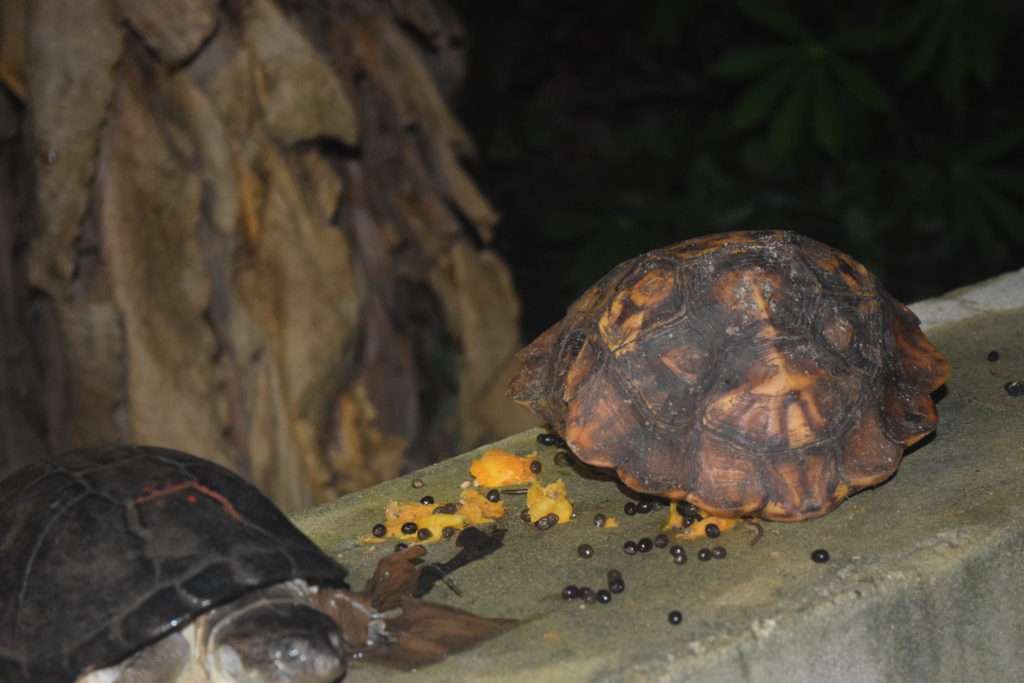
A project belonging to CEPF/Birdlife International
CEPF Strategic Direction
3: Safeguard priority globally threatened species by identifying and addressing major threats and information gaps
CEPF Investment Priority
3.1: Support the implementation of conservation action plans for critically endangered and endangered species on the IUCN Red list
Donor: CEPF Hotspot GFWA – Guinean Forests of West Africa Biodiversity Hotspot

Execution of the project: BIODIVERSITY PRESERVATION CENTRE
Scientific supervision: IDECC
Time-frame: July 2017-October 2018
Main Project Focus
This project focuses on understanding the extent and impact of forest habitat loss and fragmentation and hunting, on two heavily threatened (one CR and one EN) species of vertebrates (Kinixys homeana and K. erosa). The project will add both an ecosystem-scale and local scale components to previous species- or site-based research and actions (see below for the statistical details). It will provide the technical input required to generate vital landscape-scale and local-scale data to prioritize and recommend effective conservation and livelihood actions for the region, with emphasis especially on the highly-threatened species but also to the whole ecosystem.
Objective 1:
Evaluation of the population size and connectivity among different populations for the target tortoise species in south-eastern Nigeria
Achieving this objective is crucial in conservation terms because the populations’ status and connectivity among Kinixys populations in the Cross River State and in Akwa Ibom States with those in the central axis of the Niger Delta (Luiselli et al., 2016) remain totally unknown, and the prospect of extinction for these populations is very high.
Objective 2:
Implementation of conservation action plans for the target tortoise species in South-eastern Nigeria.
Despite that the two target species are recognized as heavily threatened by the global community of conservation biologists, there is no conservation action plan for these species in Nigeria, or for any other country of their range. Conservation is merely limited to general protection in officially protected parks and reserves (though poaching still occurs and tortoises can be taken undeterred and hidden from the authorities much more easily than other wildlife because of their small size) and in a few relict forests in the Niger Delta where they are revered since hundreds years (Luiselli, 2003). Thus, the development of a conservation action plan specifically dedicated to K. homeana and K. erosa, focusing on Nigeria (with notes that can be useful also to other regions of the West African Guinean forests) should be seen as an important starting point to encourage the long-term protection of these species in the area.




